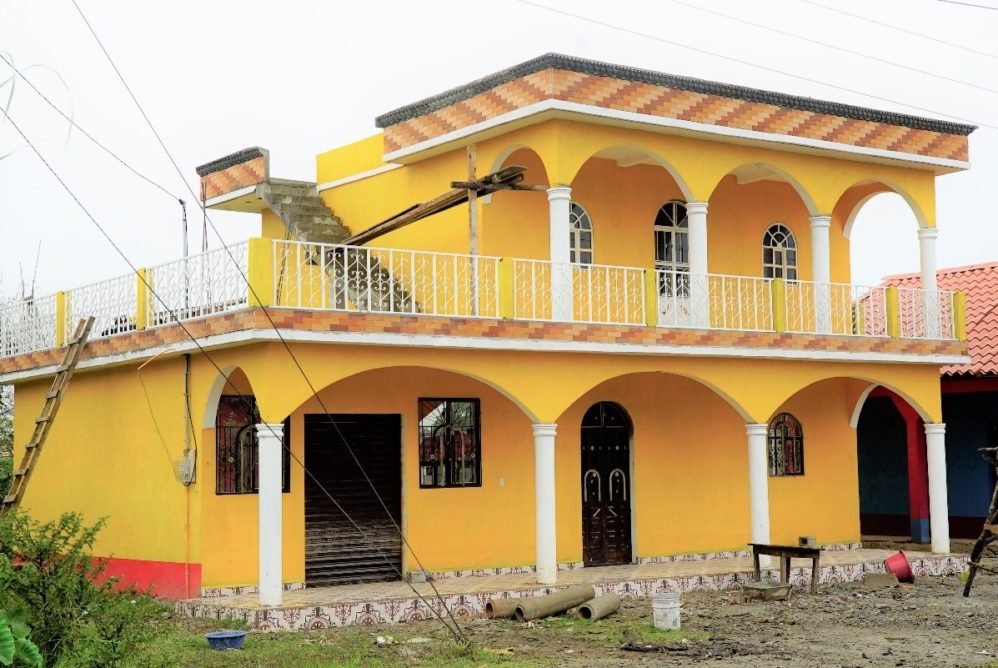‘A lot of people started to see a lot of people going to the U.S. starting to build big houses, and we wanted the same,’ says Francisco Santizo, who sent a 20-year-old son to the United States.
A year or so ago, international reporters descended on this small indigenous village to report its agony in having lost a native son, eight-year-old migrant Felipe Gomez Alonzo, to flu-related illness while in U.S. Customs and Border Protection (CBP) custody near El Paso.
The reporters framed the boy’s migratory trek with his father to the United States, along with hundreds of thousands from this highlands province during 2018-2019, as driven by “crushing poverty,” “cycles of rising debt,” “racism and violence,” climate change-induced child hunger, and the catch-all “dreams of a new life.”
But it turns out that none of these circumstances, told repeatedly to the American public as justification to open the border gates wide, exist in emblematic Yalambojoch. According to town officials and residents, the one main factor that actually caused all but about 300 of Yalombojoch’s 1,500 villagers to leave was: lust for the large modern houses of neighbors, which are now a “status symbol” du jour throughout the Mayan descendant country.
The journalists who came to broadcast the sad tale of a local boy’s death (for which CBP was exonerated), could not have failed to see comparatively cavernous, multi-story, concrete modern houses all over town, complete with faux-gold window and door trimmings, and eight or 10 bedrooms as replacements for traditional indigenous dwellings. Remittance money from the United States is funding them.

Phillippe Marcos Domingo, a subsistence corn and bean farmer of Yalambojoch, poses with the two new eight-bedroom homes he is building on remittance money from sons and daughters who emigrated to work in the United States for that express purpose. The family plan is for their return in a couple of years to live in them.
Hamlet leaders and residents readily said that powerful desire to replace traditional mud-brick and wood residences with the big new ones—enabled by discovery that the American “Flores Settlement” loophole allowed immediate release inside the U.S. of any illegal entrant with a child—were the only reasons so many left when they did. The population transfer reached at least 300,000 Guatemalans during 2018-2019, the majority indigenous peoples from this mountainous region known as Huehuetenango.Read the rest from Todd Bensman HERE at The Federalist.
If you like what you see, please "Like" us on Facebook either here or here. Please follow us on Twitter here.


No comments:
Post a Comment